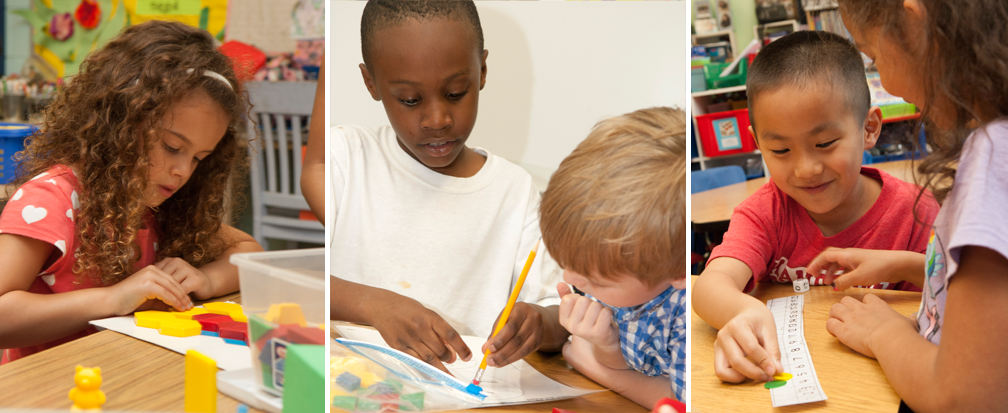Building Conceptual Understanding through Concrete, Real-Life Examples
 |
Everyday Mathematics represents mathematical ideas in multiple ways. Abstract ideas are approached using verbal, pictorial, and concrete representations. |
If children are introduced to abstract concepts before they have a solid basis for understanding those concepts, they tend to resort to memorization and rote learning, which is not a solid foundation for further learning. Everyday Mathematics focuses on first developing student’s understanding of concepts through:
- Real world examples and concrete objects (manipulatives)
- Pictorial representations
- Discussion of ideas and methods
The use of multiple representations is carefully built into the Everyday Mathematics curriculum to ensure that students truly understand the concepts they are learning.
Examples
In Grade 2 students use manipulatives, other real objects, and pictures to explore division of whole numbers:






